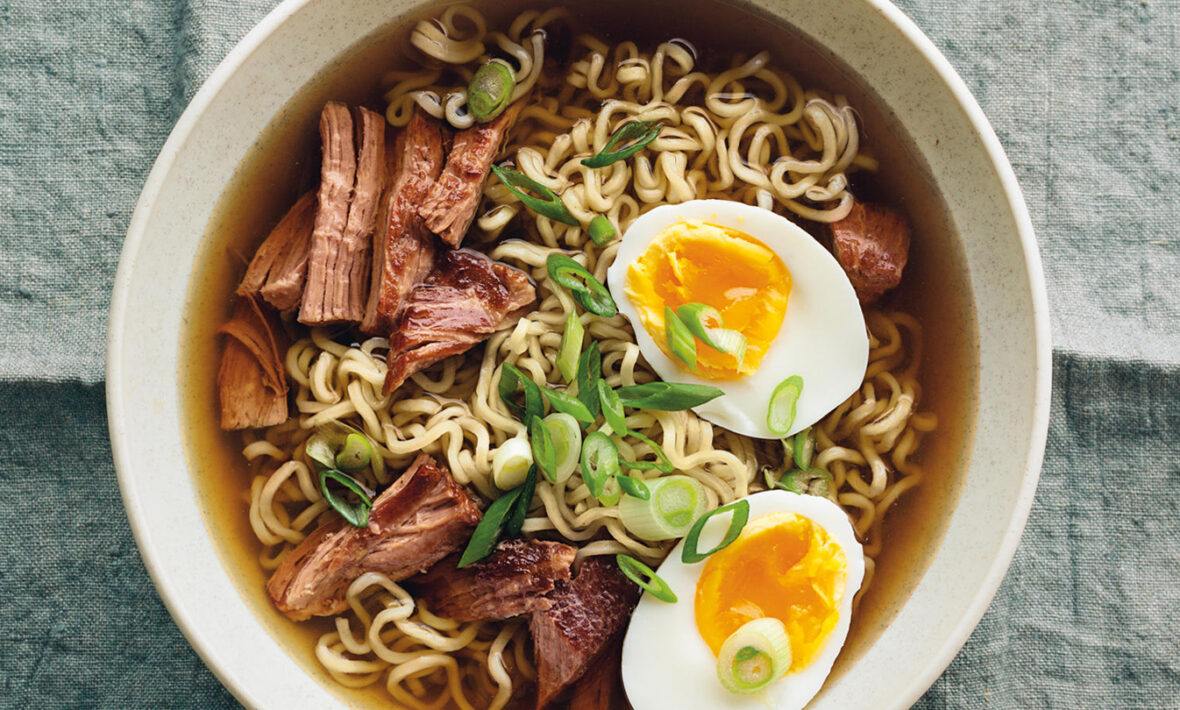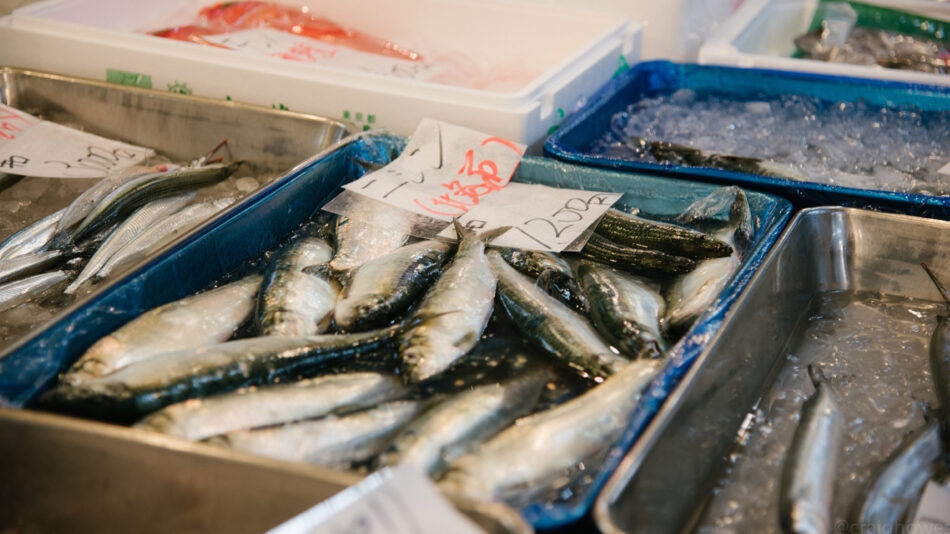
In 2005, National Geographic’s Dan Beuttner coined the concept of the ‘Blue Zone.’ Based upon demographic data, a Blue Zone is an area of the world where people live the longest. Scientists narrowed down five regions where the citizens have remarkable longevity: the Japanese island of Okinawa, Sardinia in Italy, Nicoya in Costa Rica and Icaria in Greece.
The commonalities between these regions were of great interest to scientists. Therein lay the holy grail: the key to longer life…
So what did these culturally and geographically distinct regions have in common? A distaste for smoking was a fairly predictable one, as was constant moderate physical activity. A higher than average level of social engagement and female empowerment posed interesting questions. Yet the most striking similarity was that, despite Costa Rican, Mediterranean and Japanese cuisine being so very different, they all shared a similar composition. Most meals were prepared from fresh, predominantly plant based food with legumes, oily fish and barely any sugar.

Dr Craig Wilcox, an expert in longevity science, had a particular interest in Okinawa, where the oldest man on record died in 2013 at the age of 116. Dr Wilcox was so stunned by his research into Okinawa that he started the Okinawa Program, a way to help Americans get a slice of similar health and longevity. According to Dr Wilcox, ‘Okinawans have a low risk of arteriosclerosis and stomach cancers and low risk of hormone dependent cancers such as breast and stomach cancer.’ He believes that this is due to the fact that ‘they eat three servings of fish a week, on average…plus plenty of whole grains, vegetables and soy products.’
And this isn’t a phenomena that’s confined to Okinawa. Japan as a whole now has a record 70,000 people over 100 years old. This has put an unprecedented strain on the economy, but when it comes to living longer this is a nation that’s clearly doing something right.

When we think of Japanese food we think meticulous technique, obsessive aesthetics and healthy ingredients. Fresh fish, marinated tofu, rich broths and dazzling rainbows of technicolour vegetables all contribute to one of the world’s most vibrant and healthy cuisines. Yet, contrary to popular belief, food in Japan wasn’t always this way.
In her book “First Bite”, food historian Bee Wilson chronicles how in the early 20th century, the staple Japanese diet was mostly unhealthy – consisting of rice and barley, with small quantities of miso. 100 years later Japan has one of the lowest rates of obesity in the world. So how did this nation’s eating habits change so drastically? And how can the western world learn to adopt eating habits that can finally begin to tackle the obesity health epidemic?
Targeting the typical ‘American Diet,’ Wilson stresses that Japan is a perfect example of how food habits aren’t an ingrained inevitability. Over the course of the 20th Century, consumption of grains in Japan halved. New fishing and storage tech saw unhealthy carbs being replaced by fish, eggs, fruit and vegetables.

The secret isn’t to stock up on soy and start cramming in that sushi, though I’m sure that’s an appealing prospect to many. It’s more about learning to cook and grow healthy food, rather than relying upon the processed stuff peddled by fast food restaurants and many supermarkets. Things like store layouts, packaging and advertising can make the healthy option seem like the best option, which can have a dramatic impact on national habits.
According to Wilson, if we get our preferences in check, the nutrition, and longevity will follow.
And it only takes a trip to Japan to realise that delicious foods and healthy foods definitely aren’t mutually exclusive.